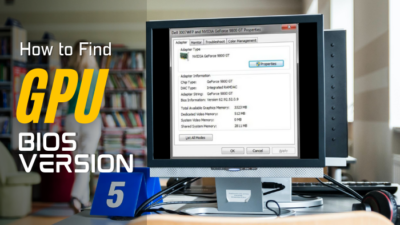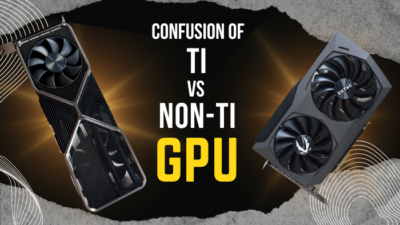Different color patterns and flickering look good at a party or celebration but not on your monitor screen.
In fact, it’s a concerning matter for the GPU, and the excessive amount can lead to significant issues with your graphics card.
The issue is known as GPU artifacting, and this article is all about explaining it and answering if it can make your graphics card defective.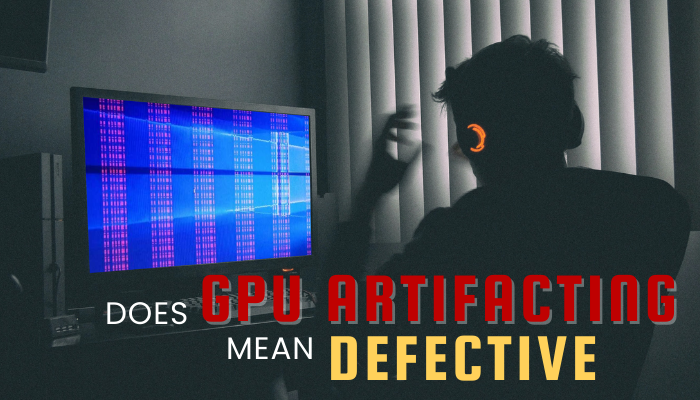
So without wasting any time, let’s dive in.
What is GPU Artifacting?
GPU artifacting is a visual anomaly or distortion that can appear in a graphics card. It arises when the GPU is worked out or starts malfunctioning. It can show flickering screens, distorted images and videos, and unusual patterns that can cause temporary to permanent damage to the GPU.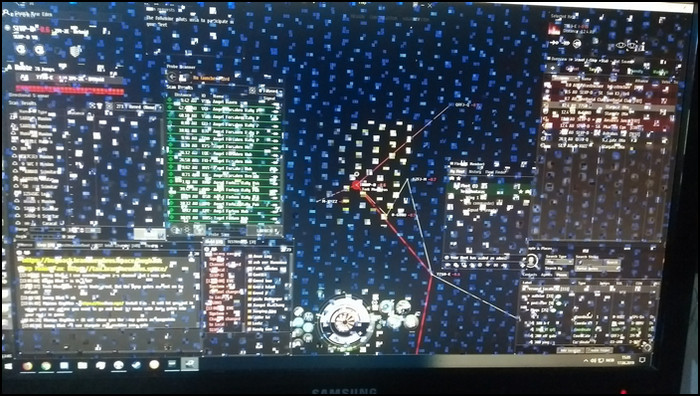
You can face GPU artifacting for various reasons, including hardware failure, overheating, overclocking, incorrect power management, etc.
In most cases, the artifacting lasts for a moment to several seconds. It automatically fixes after a period or takes some measurements.
But, it can permanently damage your graphics card if you fail to identify the problem immediately and don’t take the necessary steps.
To detect the GPU artifacting problem, you must know the symptoms, and the following passage will describe the ways to spot them.
You may also like to read about can a brand new GPU Artifacting?
How to Spot GPU Artifacting
Graphics card artifacting can appear in various ways, and identifying them is not difficult. During a heavy task, you can see strange lines, symbols, and color distortion on the screen. Also, it can show flickering, freeze, and unusual sounds as a GPU artifacting symptom.
Read the following passage to learn how to spot GPU artifacting:
Visual Distortion
Visual anomaly is the most common sign of an artifacting GPU. In the first stage, you will see lines on the screen for a short moment. Then it will spread, and you will notice color distortion and strange symbols on display.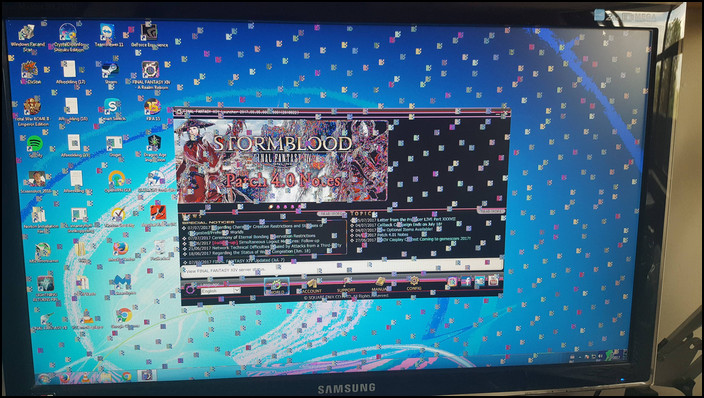
GPU artifacting will also cause texture missing, screen tearing, flickering, and pixelation in a small portion or complete screen.
Crashes & Freezes
The artifacting occurs when the GPU fails to deliver the necessary output. At that moment, the graphics card can’t provide and freezes the program or crashes altogether.
Unusual Noise
The fan starts moving faster to cool down the graphics card when the GPU malfunctions due to fault or overclock. You’ll hear a strange fan or buzzing noise from the GPU, indicating an artifacting problem.
Stress Testing
Graphics card benchmarking is a great way to stress test and check if the GPU is failing. It examines all the processes during the benchmarking process and finds problems with the graphics card.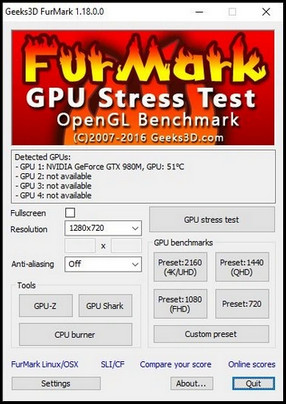
You can do a stress test on your GPU and spot the artifacting problem. Furmark, 3Dmark, AIDA64, and Heaven Unigine are popular among the benchmarking applications to stress test and find artifacting.
Once you spot the artifacting issue in your GPU, you must learn the causes to detect the reason. The following passage will tell the cause behind the GPU artifacting.
What Causes GPU Artifacting?
GPU artifacting can appear during heavy gaming or working on a graphics-intensive task. It can happen because of hardware issues, physical damage, driver problems, and power management problems. Also, overheating and overclocked GPU can lead to an artifacting problem.
Learning about the root cause is vital to keep your graphics card safe. Consider reading the following reason to know why the GPU is artifacting.
Here are the reasons for GPU artifacting:
Hardware Issue
A faulty hardware component, such as a video memory chip, can create an artifacting issue in a graphics card.
If the VRAM has an issue, you will face image and video distortion in 3D games, rendering, and editing.
Physical Damage
If the video chip or any crucial graphics card component gets physically damaged, you’ll see an artifacting problem in the GPU.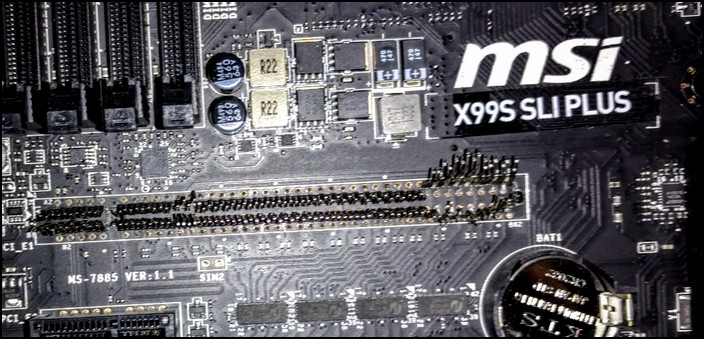
Also, cracked PCB or damaged solder joints can lead to image and video distortion.
Driver Problem
Outdated drivers are a significant problem behind the artifacting issue. Graphics card manufacturers regularly release new driver updates to keep the GPU updated with the current gen graphics.
If you use an old driver for your graphics card, you can face distortion in certain games and applications.
Overheating
Heat is a common problem for computer parts. When the GPU gets overheated, it can create distortion, and you may see glitches in games and other graphics-intensive programs.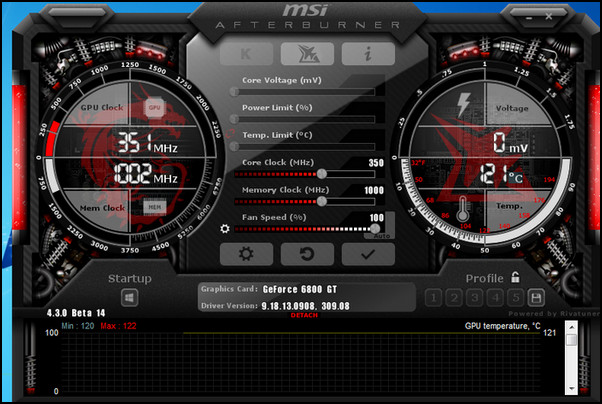
Inadequate cooling systems or dust can increase the GPU temperature and start an artifacting problem.
Overclocking
Overclocking the graphics card increases the maximum performance of the GPU. But there’s a limit to raising the clock speed.
If you increase the frequency beyond the standard limit, the graphics card will cause instability and create artifacting issues.
Power Supply Issue
The graphics card is a power-hungry component, and you need a good power supply to support that. If the power supply isn’t enough to deliver the power, the GPU will show an artifacting issue.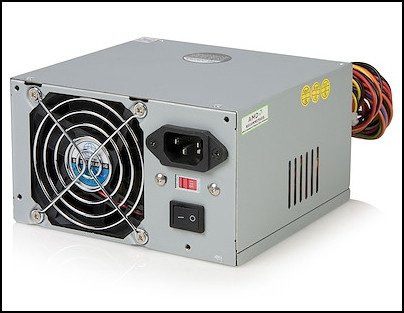
Also, the problem can happen when the GPU voltage is too low and fails to fulfill the power requirement.
Learning the reasons is essential to identify the root quickly. But does artifacting signify the card is defective? Continue reading the following passage to know the answer.
Does Artifacting Mean Defective GPU?
Not necessarily, artifacting doesn’t always mean the GPU is defective. The artifacting can occur in a small area or the entire screen. However, it’s a sign that something is wrong with the graphics card, and some component isn’t working correctly.
The artifacting can appear for a short moment or stay for an extended period. It’s caused by GPU overheating, overclocking, inadequate power supply, driver issues, and physical or hardware damage.
The problem starts by showing the artifacting initially, and later the problem increases. But, every issue doesn’t hamper the graphics card.
In some cases, the temporary artifacting can be resolved by taking necessary operations and fixing the graphics card problem.
But, if you wait too long and don’t take any action, the temporary artifacting can lead to permanent damage and make your GPU completely defective.
If you’ve spotted the artifacting and figured out the reason, consider reading the passage below to fix the problem in your graphics card.
How to Fix GPU Artifacting
Users can fix the GPU artifacting by updating the graphics card driver, disabling the overclocking, and lowering the graphics setting in games and programs. Additionally, you can increase the cooling system and ensure an adequate power supply to resolve the GPU artifacting.
The temporary artifacting is easy to resolve, and the following passage will describe how to do it.
Here are the methods to fix the GPU artifacting:
1. Update GPU Driver
When using an old GPU driver, it’s very common to face artifacting during the gaming session. Updating the driver in your NVIDIA and AMD Radeon graphics will resolve the image and video distortion.
Follow the procedures below to update the driver in NVIDIA GPU:
- Open a browser and go to the NVIDIA official website.
- Choose your product type and click on Search.
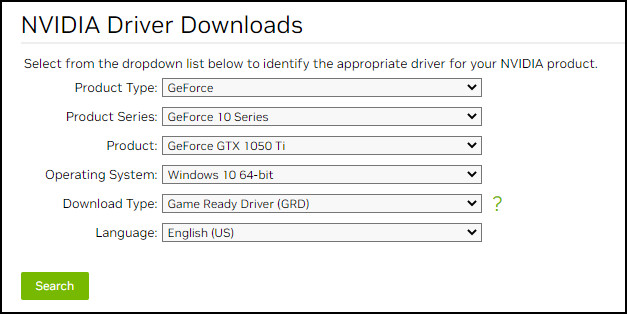
- Download the latest driver.
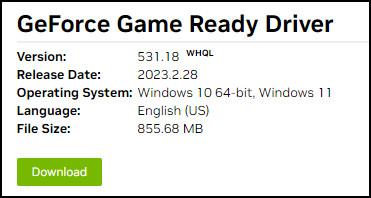
- Locate the file and install the application.
After installing the latest driver, check the issue by playing games or graphics-intensive tasks.
If you have an AMD Radeon graphics card, consider following the below process.
Here are the steps to update the driver in AMD Radeon GPU:
- Navigate to the official AMD driver website using a browser.
- Select the graphics card from the list and press Submit.
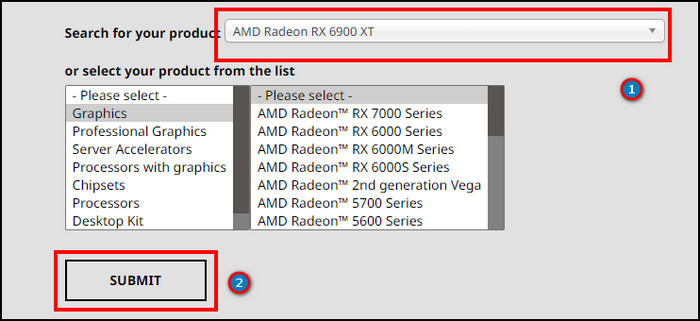
- Download the latest driver based on your operating system.

- Locate and install the driver.
Once you’ve updated the driver, look out for the artifacting issue. If the problem continues, read the following process.
2. Disable GPU Overclocking
Overclocking is good for increasing performance. But an excessive change of frequency and going above the limit can cause artifacting problems.
You must disable the GPU overclocking from the BIOS or use a third-party overclocking application.
3. Lower Graphics Settings
The latest games and graphics-intensive programs are very graphics-hungry, and not every GPU can run them at maximum settings.
If you see video distortion or flickering, you must lower the graphics settings of the specific program to reduce the graphics card pressure.
4. Increase Cooling System
The temperature in a graphics card may rise a lot during heavy tasks. Excessive temperature is a common reason behind the artifacting issue.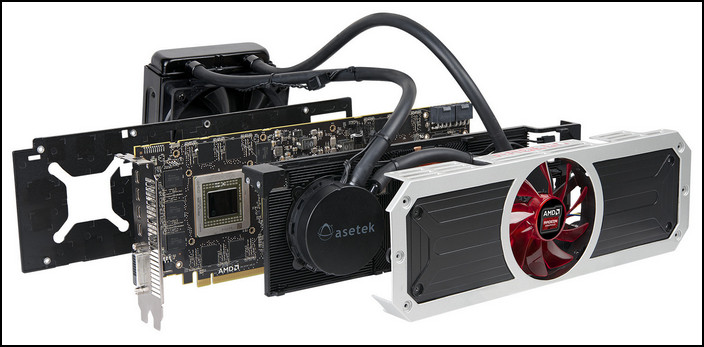
You can reduce the heat by lowering the graphics quality of the games or applications and by improving the airflow.
Proper air circulation can decrease the heat of the graphics card. Also, you can install more fans to your PC casing to improve the air system.
Besides that, you need to keep your GPU away from dust to maintain a stable temperature.
5. Check Power Supply
A graphics card consumes a lot of power, and the power supply needs to ensure the proper supply. You must use a suitable power supply to handle all the required power.
Suppose the total consumption of your PC is 500W, then you must purchase a 650W power supply to maintain safety. But make sure to use at least a bronze-certified power supply to receive good performance.
6. Replace GPU
Most of the temporary artifacting is solved by the above procedures. However, if your graphics card gets physically damaged or the hardware gets faulty, it can lead to permanent artifacting.
Replacing the graphics card component is a complicated and costly method. So, if your graphics card has a permanent artifacting issue, it’s better to change it with another GPU.
But, if you have a warranty, you should go to the shop and see if the GPU is eligible for a warranty claim.
Frequently Asked Questions
Are GPUs artifacting permanent?
No, the artifacting in the graphics card isn’t permanent. With the proper measurement, all the temporary artifacting gets fixed.
Can an artifacting GPU be repaired?
Yes, you can repair most temporary artifacting issues in a graphics card. But, the permanent problems are tricky and very expensive to repair.
Does artifacting make the GPU bad?
The artifacting doesn’t make the GPU bad instantly. It’s a sign of a graphics card problem, but running it constantly in that state can make the GPU faulty.
Conclusion
Artifacting is problematic for your graphics card. The issue is temporary initially, but it can make your GPU defective if you don’t take quick steps.
This article has provided the necessary information and assured you about the defectiveness of the graphics card due to artifacting and the proper ways to fix them.
If you find this article helpful, don’t forget to share them in the comment box below.
Cheers!

